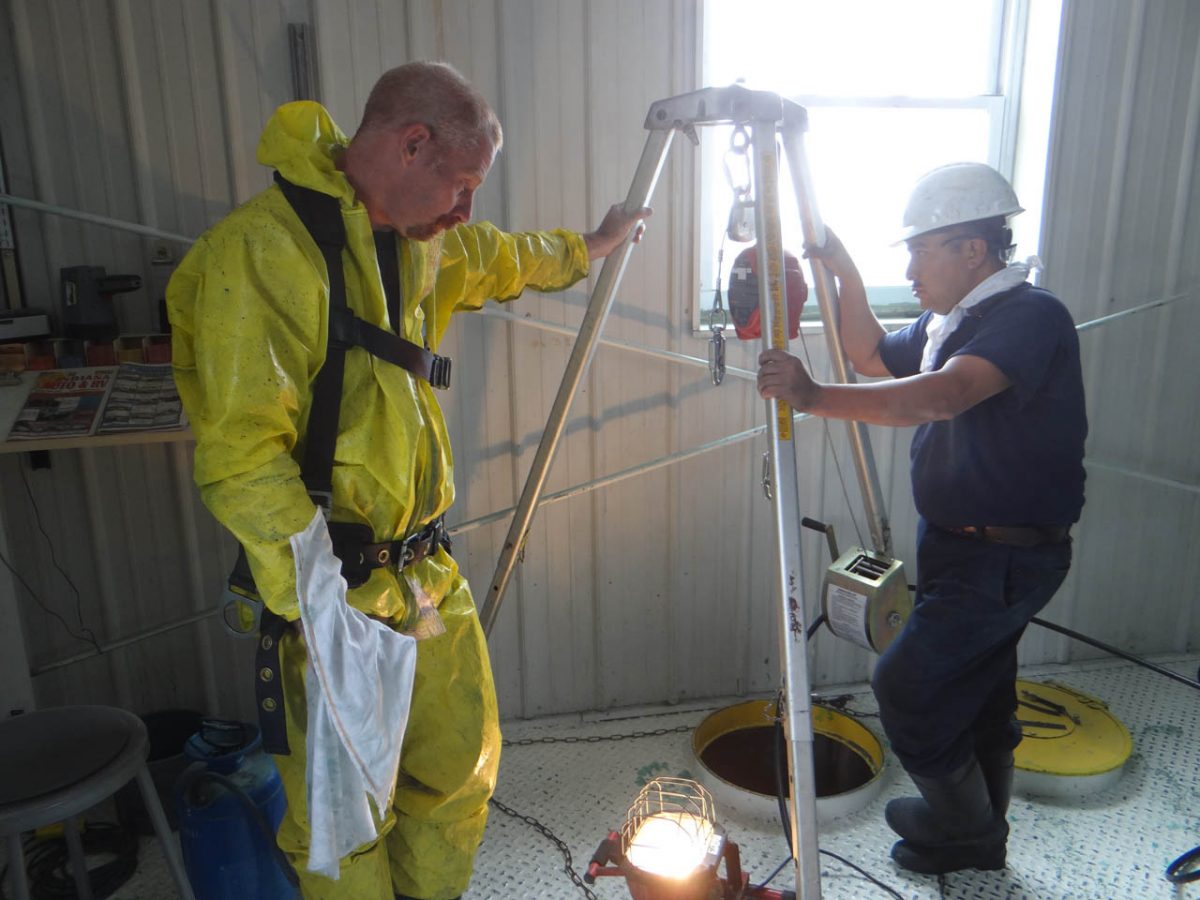In today’s industrial business environment, decision-makers largely have their choice of contractors to work with. When the job needs to get done, there are plenty of hiring options. In addition to price points and technical qualifications, companies are looking at contractor safety records to make the big decisions.
Gathering information such as a company’s Experience Modification Rate (EMR), training records, certifications, and copies of a written safety program, managers pore through the data to make the big decision: Is this contractor safe enough to have in our plant? If a company is rejected because of a safety issue, it can be disheartening, but there are a number of things that can be done to improve a safety score over time.
An EMR that is too high for a potential client may take a couple of years of lowered injury rates to be reduced. But an appropriate, well-implemented, well-documented safety program can show a good-faith effort to improve that may sway a client’s thinking in your direction.
Develop a Safety Culture
If we can’t do a job safely, we shouldn’t be doing it at all. All companies should get rid of the notion that safety can be compromised so that “we can get the job done”. No job, no client, no revenue, is worth sacrificing the safety of workers. Management commitment and employee involvement are essential to the continuation of a culture of safety. Without both, a safety program is likely doomed to fail.
Train, Train, Train
OSHA requires initial training in several areas, and annual training in some others, depending on the type of hazards that employees are exposed to. Consistent, regular training by a qualified instructor is essential to providing employees with the educational tools needed to stay safe on the job. Front-line employees often benefit from initial OSHA 10-hour training, while supervisors and key employees may be better served by OSHA 30-hour training. Additionally, ongoing, regular training on relevant safety topics will keep ideas fresh in the employees’ minds.
Document, Document, Document
Training is all well and good, but if you can’t prove that it’s been done, it’s of little use to the decision-maker for a potential customer. All the training in the world will not help a contractor gain a client if it is not documented. Whether it’s a formal “Safety Day”, or a short PowerPoint presentation, or a simple toolbox talk, documenting the training proves that it happened.
Written Safety Program
Conducting training and documenting it make a lot of sense, but the whole package is enhanced by a comprehensive written training program. OSHA requires written programs in several areas, but it is wise to develop programs covering each hazard that employees are likely to encounter.
While these 4 steps will not immediately create an avalanche of new clients, over time a consistent, well-run safety program which includes training, documentation, and written procedures will likely result in fewer injuries, thus lowering a company’s EMR and making it more attractive to a potential customer.
Snow White Services offers safety training for general industry, including OSHA 10 hour and OSHA 30 hour training, as well as aerial work platforms and telehandlers.



